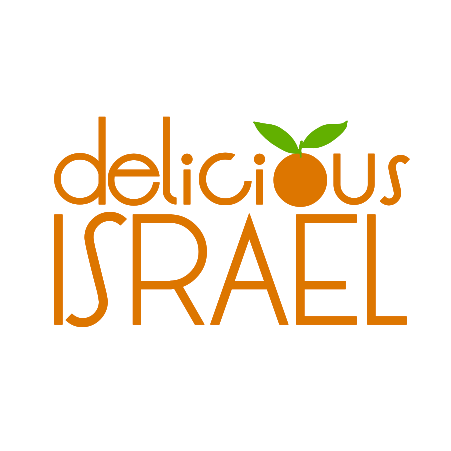Unlike the U.S. which imports about a third of its veggies and over half of its fruits, or the U.K. where almost 90% of fruits come from abroad, the vast majority of Israeli produce is grown right here thanks to Israeli agro-tech practices, from drip irrigation to technologies such as BioBee.
The keyword here is “seasonal” - it’s why fruits and veggies taste like the best versions of themselves here, why many restaurants update their menus to highlight the new season and phase out the old, but it’s also why you can’t get an avocado year-round, or wake up one December morning with a craving for lychees (ok, maybe that’s just us).
Seasons feel different, and they should taste different. And if you want to really see the shift, listen to the shuk and head for the market stalls. Becoming a seasonal shopper is tricky but we’ve got your back – here’s what’s going out, what’s coming in, and a few tips to get creative in the kitchen for this spring season.
What’s Going Out
Get ‘em before they’re gone
Strawberries
Certain citrus (pomelos, persimmons, Jaffa oranges)
Certain greens (kohlrabi, kale, spinach, Swiss chard/ mangold, fennel)
Vegetables that love the cold and wet (peas, carrots, beets)
Fresh olives
While these Winter beauties may not disappear entirely from the shelves, there’s a reason the market stalls will look a little less green and leafy and instead start exploding with warm yellows, pinks and oranges.
Squeeze the Most Out of Late Strawberry Season
Make Them Last
As strawberry prices drop, consider buying the overripe packages in bulk and DIY-ing your own compotes, jams, and even cocktail syrups. Freeze them for smoothies or homemade sorbets, blend for juices, or puree with lemon juice, sugar, vinegar and oil for a killer strawberry vinaigrette. You’ll make the most of the market produce turnover AND extend the season of one of Israel’s most delicious crops right into your own kitchen!
What’s Coming In
The rising stars of the market
Loquats
Artichokes
Fresh almonds
Blood orange
Fresh chickpea
Fresh garlic
Baby eggplant
Corn (available beginning in late March but best in June)
Our Seasonal Picks
Green garlic and loquats have the stage right now in the market stalls. Israeli shoppers go crazy when they spot the familiar, long stalks of fresh garlic start to appear. These dramatic purple and white bulbs with green shoots are aromatic, delicious, and beautiful! We’ve even seen the stalks braided and hung around the kitchen for a rustic cottage core look.
On the fruit front we’re seeing the first orange glimpse of loquats (shesek in Hebrew). This juicy, seasonal treat looks like an apricot, sounds like a kumquat, tastes like a cherry/plum/apricot nectar-bomb! While kumquats belong to the citrus family, the loquat is part of the Rosaceae family along with apples, pears, peaches and nectarines. Try it in jams and sauces, summer tarts and galettes, grilled in burrata salad, or even in loquat lemonade!
What to Watch For in April and May:
Papaya
Cherries
Sour plums
Nectarines and peaches
Watermelon
Winter squashes (acorn, butternut, grown during winter but best in Spring)
Akub (Thorn Thistle, essentially a small wild artichoke)
Apricots
Plums
Pineapples (will begin to make an appearance and grow bigger over the Summer)





